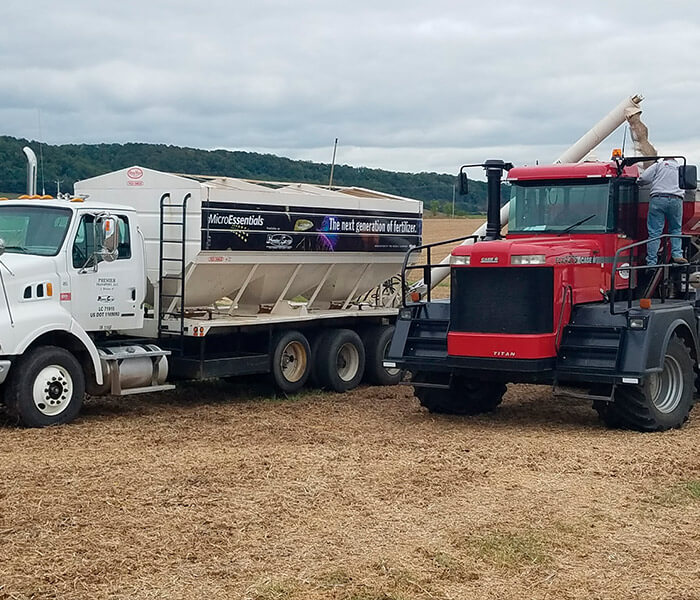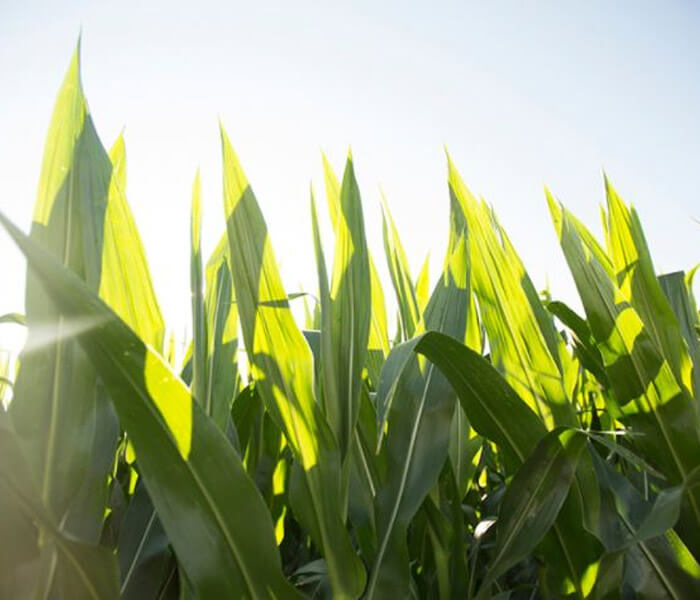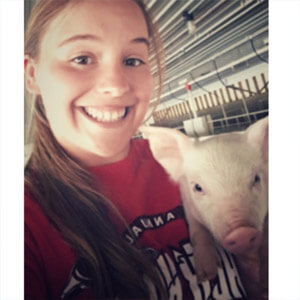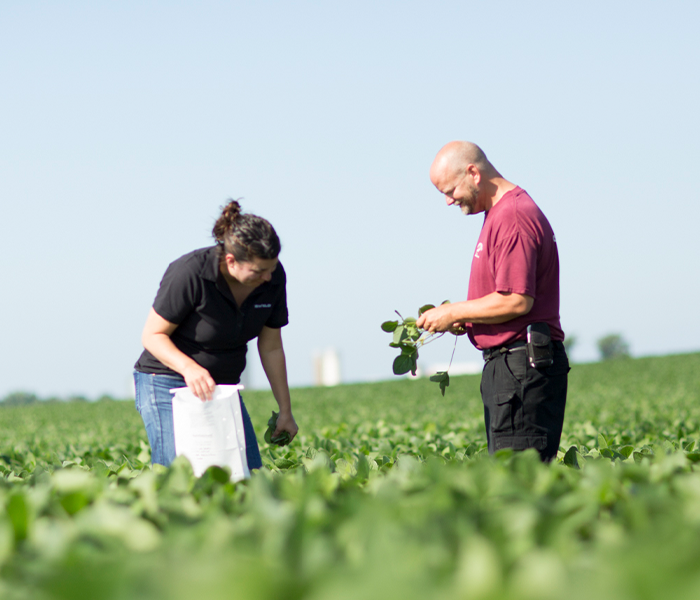5 Steps in Controlling Corn Rootworm
Called the “billion dollar pest” due to its mass destruction of valuable crops, corn rootworm continues to spread rapidly across the Midwest.
The problem is compounded in the northern Corn Belt, where there are large populations of northern corn rootworm and the more destructive western corn rootworm is showing some resistance.
As you look at insect challenges you faced last year, I urge you to take preventative measures to control corn rootworm because once corn is planted, postemergence applications cannot stop larvae from feeding on roots.
Here are five tips to help control this destructive pest and protect yield potential:
-
Rotate crops
Plant soybeans and other crops when possible to break up corn-on-corn rotations.
-
Choose trait packages
Corn farmers should choose hybrids that feature two traits for maximum corn rootworm control.
-
Use full insecticide rates at planting
Many farmers have become accustomed to getting by using half-rates of insecticide. To stand a chance at controlling corn rootworm, make in-furrow insecticide applications using the full rate.
-
Be proactive
Begin scouting for corn rootworm beetles at tassel and continue through early August. Timely foliar insecticide applications will prevent beetles from laying eggs and reduce populations the following year.
-
Control volunteer corn
Western corn rootworm is known to lay eggs in soybean fields, posing a threat to corn crops the following year. Removing its food source prevents larvae from maturing and continuing the cycle.
 |
Force 6.5G
|
Force® 6.5G is a high-load granular insecticide that controls corn rootworm and other soil-dwelling insect pests with enhanced convenience. This formulation goes farther and results in fewer stops to refill insecticide boxes, which allows faster, more efficient planting with less hassle.
|
|
Use the form below to contact an agronomist and receive product information on Force 6.5G.
Danielle Messer
Crop Production Specialist




